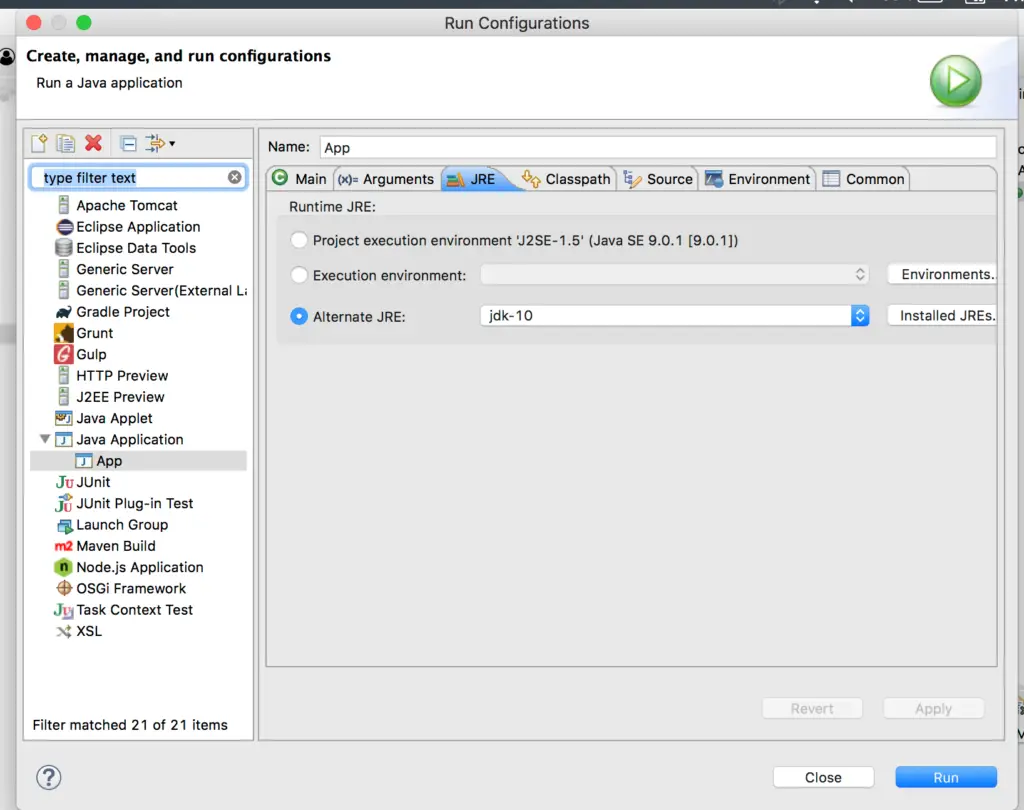

# For MAC or LINUX: gfortran with openmp # Gfortran -shared -fPIC -o r3pg_interface.so R3PG_R_INTERFACE.f90 R3PG_MODEL_MOD.o Gfortran -shared -fPIC -o DAPPER_MCMC.so DAPPER_MCMC_mod.f90 DAPPER_plot_mod.o R3PG_MODEL_MOD.o prob_functions_mod.o # For MAC or LINUX: gfortran without openmp # The parallelization works by assigning different plots to different cores during an iteration of the MCMC. We encourage the use of openmp to parallelize the data assimilation. We have tested the code for gfortran on Macs and the Linux cluster at Virginia Tech.Īt the command line use the appropriate commands below.


Obtain a fortran compiler for your computer. A mid-century ecological forecast with partitioned uncertainty predicts increases in loblolly pine forest productivity. Leveraging 35 years of Pinus taeda research in the southeastern US to constrain forest carbon cycle predictions: regional data assimilation using ecosystem experiments. Please use the following citations to reference the DAPPER approach 2018 Ecological Applications, please download Tag 'Regional_Forecasting_Paper_2017' (be sure to follow the README.md guide for that version) If you are interested in the code used in Thomas et al. We are assuming that you have R and a fortran compiler on your computer or cluster. The approach uses the language R to initiate and analyze a simulation and uses Fortran to execute a simulation. Welcome to the Git Repository for the DAPPER (Data Assimilation for Predicting Productivity in Ecosystem and Regions) approach.


 0 kommentar(er)
0 kommentar(er)
